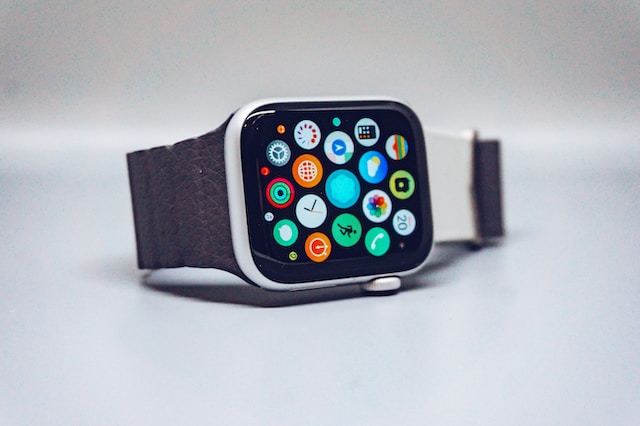Wearable Tech: Beyond Fitness Trackers

Wearable technology has evolved significantly from its early days of simple fitness trackers. Today, it encompasses a broad range of devices that enhance various aspects of daily life, from health monitoring to productivity and even fashion. As innovation continues, the scope of wearable tech expands, offering exciting possibilities beyond just fitness tracking.
1. Health Monitoring and Medical Applications
Wearable devices have transitioned into vital health monitoring tools. Smartwatches and specialized wearables can track heart rates, blood oxygen levels, and sleep patterns. Advanced devices are now capable of:
- ECG Monitoring: Some wearables can detect irregular heartbeats, helping users manage conditions like atrial fibrillation.
- Continuous Glucose Monitoring: Devices like the Dexcom G6 allow diabetes patients to monitor their glucose levels in real-time, improving management and reducing complications.
- Mental Health Tracking: Wearables that assess stress levels through physiological indicators are becoming popular, helping users practice mindfulness and manage anxiety.
2. Enhanced Communication
Wearable tech has revolutionized how we communicate. Smartwatches, for instance, allow users to receive notifications, send messages, and answer calls without needing to pull out their phones. Features like voice assistants enable hands-free operation, making it easier to manage tasks while on the go. This connectivity fosters productivity, especially for professionals who need to stay updated while multitasking.
3. Augmented Reality (AR) and Virtual Reality (VR)
AR and VR wearables are making waves in various sectors, from gaming to education and training. Devices like Microsoft HoloLens and Oculus Quest offer immersive experiences that enhance learning and engagement. For instance:
- Training Simulations: Industries such as healthcare and aviation use VR for training purposes, providing realistic simulations without real-world risks.
- Enhanced Retail Experiences: AR glasses allow customers to visualize products in their own spaces, improving shopping experiences and decision-making.
4. Smart Clothing
The rise of smart textiles is transforming how we interact with technology. These garments incorporate sensors that monitor biometric data, offering functionalities like:
- Posture Correction: Wearable shirts equipped with sensors can alert users to maintain proper posture, reducing back pain and promoting better health.
- Temperature Regulation: Fabrics that adjust their thermal properties based on the wearer’s body heat provide comfort in varying conditions.
5. Location and Navigation
Wearables are enhancing navigation, especially for outdoor enthusiasts and travelers. GPS-enabled smartwatches and fitness bands offer real-time location tracking and navigation assistance. This functionality is not only useful for fitness activities like hiking but also for everyday urban navigation, making it easier to explore new places.
6. Fashion Integration
The intersection of technology and fashion is creating stylish wearable tech that appeals to a broader audience. Designers are collaborating with tech companies to produce smart jewelry, chic smartwatches, and even tech-infused clothing. These innovations focus on aesthetics while providing practical functionalities, proving that tech can be both functional and fashionable.
7. Personal Safety and Emergency Response
Wearable tech is increasingly being utilized for personal safety. Devices equipped with emergency features can alert authorities or designated contacts in case of distress. Examples include:
- Wearable Panic Buttons: These devices can send SOS signals to emergency contacts or local authorities.
- Location Tracking for Vulnerable Individuals: Smart devices designed for seniors or children can provide real-time location updates to caregivers, enhancing safety.
Conclusion
Wearable tech is evolving beyond fitness trackers, encompassing a vast array of applications that enhance health, communication, safety, and style. As technology continues to advance, we can expect even more innovative solutions that integrate seamlessly into our daily lives, making wearables not just gadgets, but essential companions in our quest for convenience, connectivity, and well-being. Whether for personal use or professional application, the future of wearable technology promises to be dynamic and transformative.




